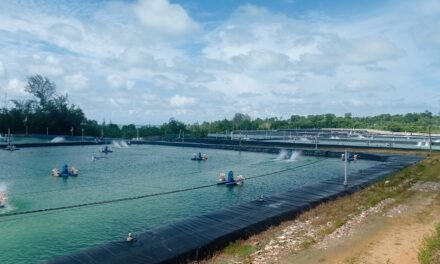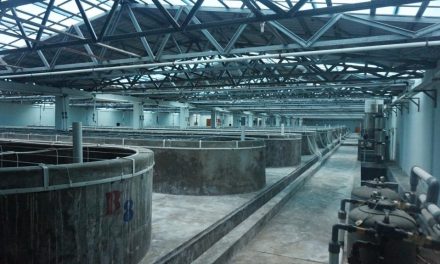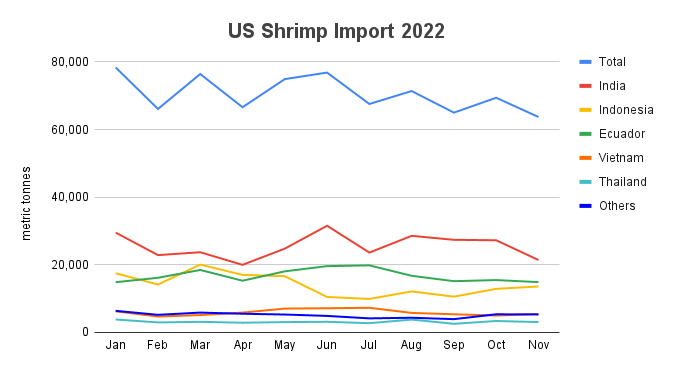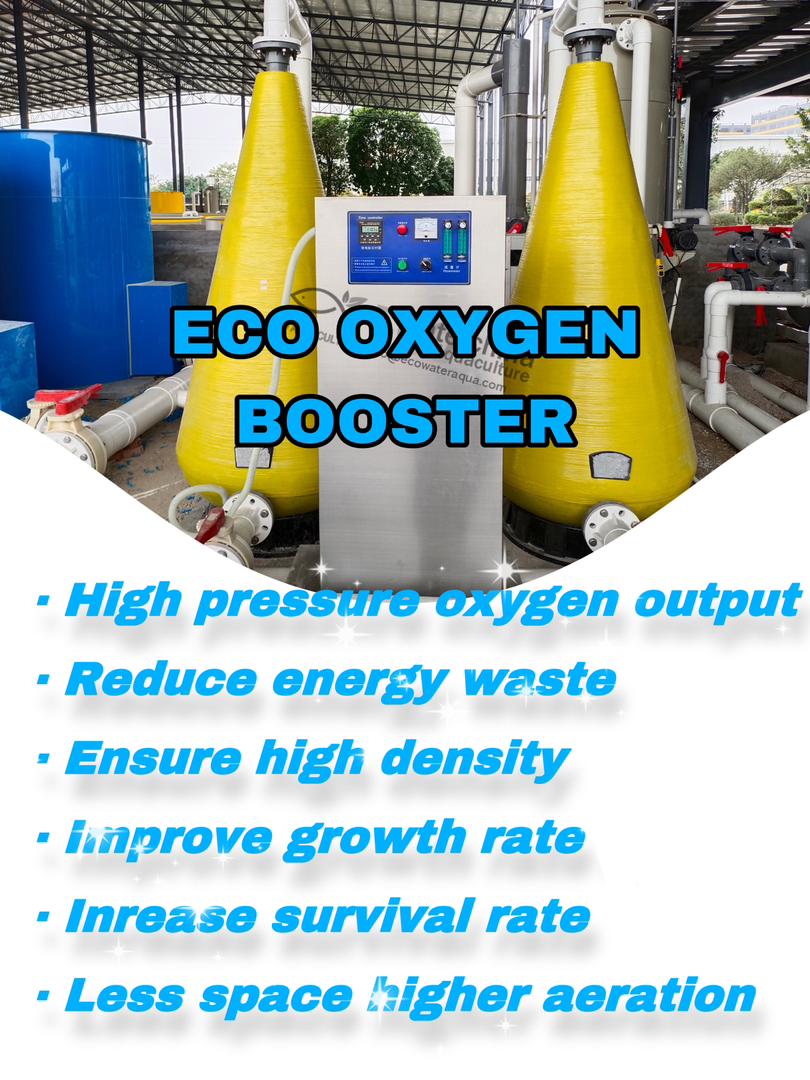Vibrio bacteria are a constant threat to shrimp farmers, easily turning potential profits into losses anytime. These opportunistic bacteria are the culprits behind several deadly diseases such as White Feces Disease (WFD) and Acute Hepatopancreatic Necrosis Disease (AHPND). Those “chronic” diseases can lead to mass mortality up to 100% in the most severe cases.
Vibrio is a gram-negative bacteria encompassing various types, including V. harveyi, V. parahaemolyticus, V. alginolyticus, V. anguillarum, V. vulnificus, and V. splendidus. Each of those has different impacts and levels of pathogenicity on shrimp. For instance, V. parahaemolyticus is often associated with AHPND.
Unfortunately, it’s nearly impossible to eradicate Vibrio from shrimp aquaculture completely. However, their impact can be minimized through proper control, which is a necessary task for every shrimp farmer. A shrimp aquaculture consultant, Wayan Agus Edhy, made these statements during a Delos Aqua webinar titled “Tantangan Budidaya di Era Gempuran Penyakit Udang (Challenges in Shrimp Farming Amidst the Onslaught of Shrimp Diseases)”
“Vibrio is something we must control by limiting their nutrition because we can’t eliminate Vibrio completely. Vibrio is always present because its nutrition source is available. We provide its nutrition in the form of shrimp feed leftovers,” Wayan explained.
Therefore, the abundance of Vibrio in shrimp ponds must be continuously reduced to remain within safe limits, which can be determined through Total Vibrio Count (TBV) calculations. TBV is a parameter indicating the quantity of Vibrio bacteria in Colony Forming Units (CFU) per milliliter.
Some sources suggest that a safe TBV limit in ponds is 10^4 CFU/ml or approximately 10% of the total bacterial population, known as Total Bacterial Count (TBC). However, Wayan recommended for maintaining TBV below 5% of the TBC.

Wayan Agus Edhy presented how to manage Vibrio in the shrimp pond, on the webinar held by DELOS. ©Youtube/DelosAqua
Inter-bacterial communication
If TBV reduced below these levels, does that mean Vibrio is no longer harmful? This question can be answered by considering the concept of quorum sensing in bacteria.
Quorum sensing is a mechanism of intercellular communication among bacteria through the release and capture of specific chemical signals. When these chemical signals reach a certain concentration, bacteria can collectively express specific genes.
Read more: Researchers study how spirulina can improve shrimp performance
In essence, a population of bacteria needs to communicate and reach a consensus before taking action. This consensus is influenced by the accumulation of these signaling chemicals in the ecosystem. The more bacteria in an ecosystem, the easier it is for them to collectively exhibit their trait.
This mechanism regulates the level of pathogenicity in Vibrio. Vibrio levels which are maintained below safe limits are relatively harmless as they don’t reach the population quota required for infection in shrimp.
As a gram-negative bacteria, Vibrio secretes a chemical substance called N-acylhomoserine lactones (AHLs), which function as intercellular signals, both within their species and across different bacterial species.
Probiotics as inhibitors of Vibrios signaling
The use of probiotic has become a common solution for farmers to prevent Vibrio infections. Probiotics inhibit Vibrio pathogenicity by secreting enzymes that interfere with the quorum sensing process.
Wayan also explained the mechanism of anti-quorum sensing (AQS) probiotics. He stated that AQS probiotic can disrupt the quorum sensing process by producing the enzyme N-acylhomoserine lactonase, which degrades AHLs. With reduced AHL accumulation in ponds, Vibrio bacteria cannot reach a quorum to express infection genes.
“This is why we must increase the Total Bacterial Count (TBC) because heterotrophic bacteria can produce N-acylhomoserine lactonase. This enzyme can hydrolyze quorum sensing compounds into N-acyl-L-homoserine. Once that happens, Vibrio can no longer communicate with each other,” Wayan said.
The process of breaking down AHLs is marked by the appearance of white foam or biosurfactants on the pond’s surface. Biosurfactants are residues produced by bacteria during biogeochemical activities in the water, including inhibiting Vibrio growth.
How to cultivate probiotics
There are several types of probiotic microorganisms commonly used in shrim farming, including:
- Bacteria that can inhibit pathogen growth, such as Bacillus subtilis and B. lichenformis.
- Bacteria that can maintain water quality, such as Nitrosomonas sp., Nitrobacter sp., Aerobacter sp., and Pseudomonas sp.
- Bacteria that can support feed digestion, such as Bacillus sp., Lactobacillus casei, and Saccharomyces cerevisiae.
In his presentation, Wayan recommended using multiple types or multistrain bacteria. Nowadays, various commercial probiotic products also provide multistrain bacteria. This is useful for suppressing Vibrio in both water and shrimp digestion.
During the shrimp growing period, the volume of bacteria in the ponds must remain stable. Wayan mentioned that the TBC level should be maintained at a concentration of 10^6 CFU/ml. This amount can be achieved by ensuring a C/N ratio of 12:1 in the ponds, which can be done by adding a carbon source equivalent to 3-5% of the total daily feed.
Carbon sources can also be obtained by adding fermented fertilizer. This fermented fertilizer is applied at a rate of 25-50 liters per hectare, given every morning. According to Wayan, this fermented fertilizer helps provide CO2 and HCO3 within the ponds.
***
This is a translation from a previous Indonesian article on title “Aplikasi probiotik untuk menekan Vibrio dalam budidaya udang vaname”









